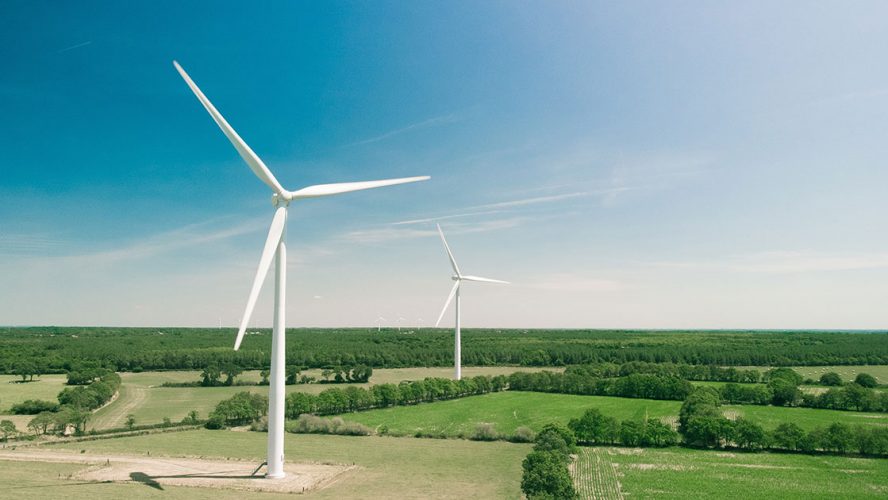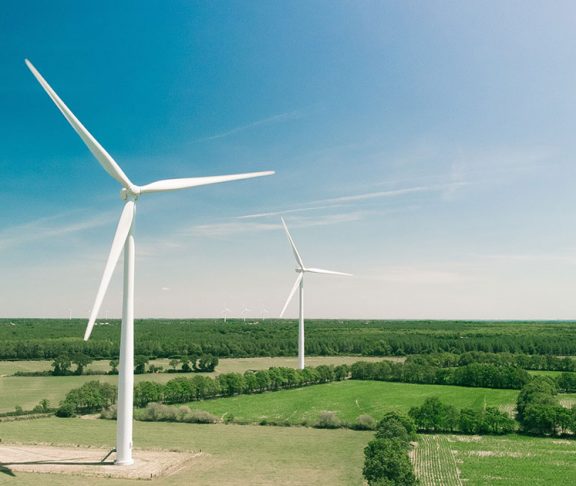The ability of the internet to connect people, companies and information has been the foundation for extraordinary innovation across the globe and in all walks of life. This innovation has enabled thousands of new business opportunities to bloom in ways that would have been impossible only a few decades ago.
What is IoT?
The extension of this connectivity to “things”—intelligent, sensor-based and wired to the internet—is poised to have a similar impact, and companies in a wide range of industries are making investments in the new hardware, software and people skills needed to make this Internet of Things (IoT) a reality.
The opportunities for IoT innovation abound. The ability, for example, to optimize the angle of the blades of a wind turbine in real time, or identify and track the contents of a pallet of parts as it moves through the supply chain, will change the underlying operations of every industry and every individual in ways that are only now beginning to be understood.
Collecting data
The key to those changes is the data that these intelligent “things” are able to transmit. Sensors in a wind turbine can detect minute changes in the velocity and direction of the wind and turn the blades almost instantaneously. The status of a shipping pallet and its contents, including its location, the temperature of the rail car it’s in and how many g-forces it was subjected to since the last report, can be used to identify a problem before the pallet is ever unloaded.
In each case the potential value is obvious and immediate: optimizing a turbine’s energy generation capacity or ensuring that a pallet arrives safe and sound are typical of the business cases that are moving companies into the IoT era.
Data as currency
But this kind of data collection and analysis is only the starting point of a much broader set of use cases for IoT that extend the usefulness of these intelligent things and their data to every corner of the business world. Using sensors to monitor wind turbines means that the need for maintenance can be predicted, and therefore scheduled on an as-needed basis. This can represent a huge savings over the “pre-IoT” preventative maintenance model, which sends a crew with a truck full of parts to a remote wind farm to maintain a turbine, whether it needs it or not, at enormous cost.
Knowing that the shipping pallet may have been damaged en route could allow the supplier to expedite an alternative shipment to the customer, ensuring that the customer’s just-in-time manufacturing process isn’t interrupted by a supply chain delay. In the “pre-IoT” era, the arrival of a damaged pallet full of parts would have shut down the manufacturing line until replacement parts could be found. Instead, the manufacturer’s line stays up, and the supplier’s customer satisfaction rating goes up as well.
Streamlined operations, lower costs and greater efficiencies, improved customer satisfaction—IoT is still in its infancy, but it’s a robust infancy that’s already shown it can have an extraordinary impact on companies across the globe. And the best is yet to come.

